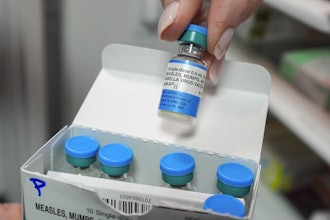Before April 25, 1986 Chernobyl was one of many unknown dots on a map within the vast borders of the USSR. That all changed when a series of poorly executed tests resulted in what is largely referred to as the worst nuclear disaster in the history of the world.
The Chernobyl plant housed four of a planned dozen nuclear reactors – with the remaining eight scrapped following the disaster. Since 1990, the management of this site has belonged to the country of Ukraine. So, in addition to the horrific impact on the local people and environment, the Ukrainians were faced with the loss of a major energy source and a number of empty power plant sites.
And more recently, conflict between Ukraine and Russia has led to less and less Russian natural gas making its way into the country.
Faced with a loss in energy resources and daunting decontamination costs, a Ukrainian-German project called Solar Chernobyl is looking to offer potential solutions in the form of a solar farm located right next to the Chernobyl reactors.
Scheduled to go on-line later this year, the one-megawatt installation features 3,800 photovoltaic panels. According to the Solar Energy Industries Association, that amount could power just under 200 homes in the U.S. However, a reported 99 additional megawatt installations are planned for the near future. The $1.25 million investment should pay for itself within seven years.
Leasing this land to solar energy companies allows the still-intact electrical transformer substations to distribute the energy created by solar panels. Solar Chernobyl is the fourth solar farm built in Ukraine, which not only helps provide a much-needed supply of energy, but has also helps diffuse the ongoing costs of Chernobyl.
This includes a $1.8 billion containment dome that was installed in 2017 to hermetically seal the final reactor. It was also fitted with remote-controlled cranes to complete the dismantling process.
So basically, the solar farm is not only helping address an energy concern, but generating the funds needed to help address a 32-year- old disaster.






















